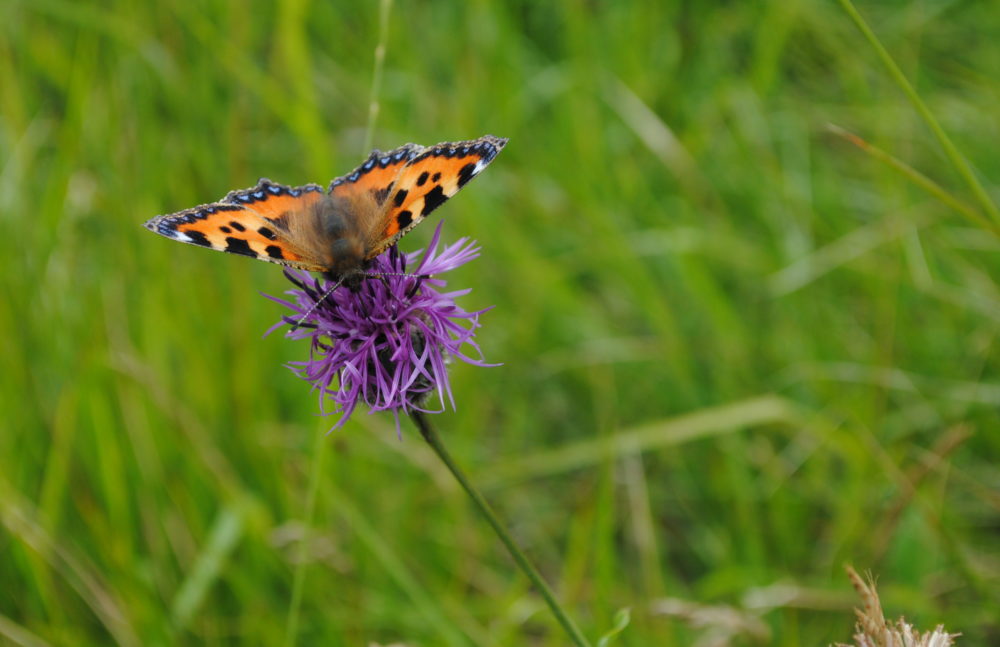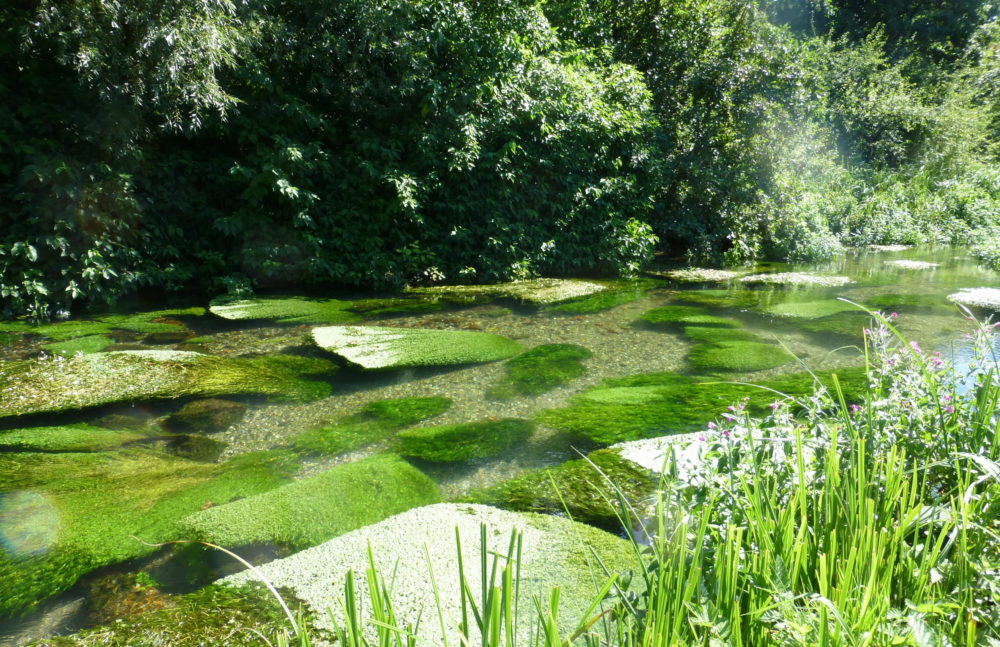The breadth of ecological diversity reflects the varied landscape character of the North Wessex Downs. It is the product of centuries of human influence and active management. Within the area there are seven Special Areas of Conservation (SACs), part of the ‘Natura 2000’ ecological network of sites established under the EU Habitats Directive and designed to safeguard habitats and species threatened at a European level.
The Pewsey Downs SAC is also a National Nature Reserve which has outstanding chalk grassland flora and fauna. The North Wessex Downs AONB contains 66 Sites of Special Scientific Interest (SSSIs) covering 3,330 ha (2% of the area).

Chalk Grassland
Chalk grassland is one of the most biologically rich and diverse habitats in the UK. Over 40 species of flowering plants are found in a single square metre of the best quality turf. Around 9% of chalk grassland in the UK lies within the North Wessex Downs and supports nationally important populations of the early gentian, a scheduled protected species and one of Britain’s few endemic plants.

Chalk Rivers and Streams
The spring-fed streams and rivers of the North Wessex Downs AONB support an extremely diverse range of plant and animal communities. In turn, the rivers irrigate adjacent areas creating the distinctive valley landscape with its remnant fens and water meadows. In recognition of their outstanding nature conservation value, the Lambourn, Kennet and Hampshire Avon rivers are all designated SSSIs, while the Lambourn, the Hampshire Avon, and the Kennet and Lambourn Floodplain – a series of discrete sites supporting the globally vulnerable Desmoulin’s whorl snail – are SACs.
Biodiversity: key qualities in the North Wessex Downs
- A nationally significant area of chalk grassland including rare flora such as field fleawort, bastard toadflax, musk orchid and burnt orchid, early gentian, chalk eyebright, Chiltern gentian, dwarf mouse-ear, tuberous thistle and round-headed rampion; invertebrates such as the wartbiter cricket and important butterfly populations including Adonis blue, silver-studded blue, marsh fritillary, chalkhill blue, small blue, silver-spotted skipper and Duke of Burgundy fritillary.
- Substantial areas of broadleaved woodland and wood pasture, including a significant concentration of ancient woodland, which provide roosting and/or feeding sites for bat species including Bechstein’s, barbastelle, greater horseshoe and noctule; long rotation hazel coppice that provides important habitat for mammals such as dormice; concentrations of calcareous bluebell woods; and a number of nationally scarce moss species.
- Rare chalk streams and rivers with a high diversity of aquatic plants and invertebrate species including those that are nationally scarce, such as the white-clawed crayfish, supporting nationally and locally scarce bird species, mammals including otters and nationally declining water voles, and healthy fish populations including brown trout, salmon, grayling, perch, chub and dace.
- Arable habitats which are home to rare and colourful arable weeds, such as dense flowered-fumitory, slender tare and shepherd’s needle, which as annuals are dependent on a regular cropping regime. Arable land use also provides feeding and breeding habitat for a number of rare and declining farmland birds including skylarks, lapwing and stone-curlews.
- A rich mosaic of associated wetland habitats creating distinctive valley landscapes including fens, floodplains, water meadows, carr and wet woodland. The Red Data Book plant summer snowflake survives in seasonally flooded woodlands along the Kennet Valley.

